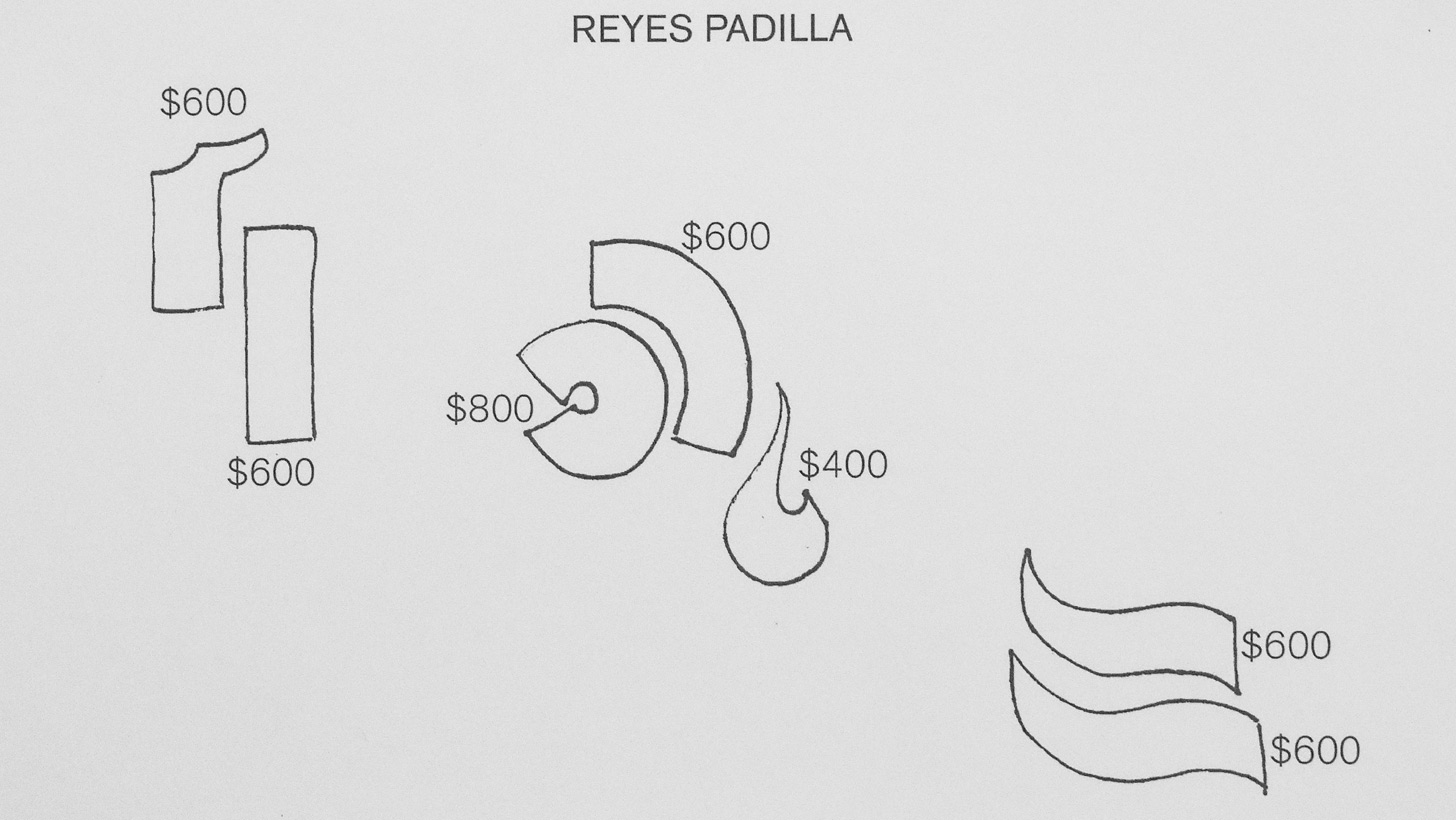Ascension
By Reyes PadillaHarwood Art Center1114 Seventh Street NWOn exhibit through Aug.29A Thought Beyond Oblivion: Reyes Padilla’s Ascension
Reyes Padilla’s Ascension

Latest Article|September 3, 2020|Free
::Making Grown Men Cry Since 1992

Ascension
By Reyes PadillaHarwood Art Center1114 Seventh Street NWOn exhibit through Aug.29

